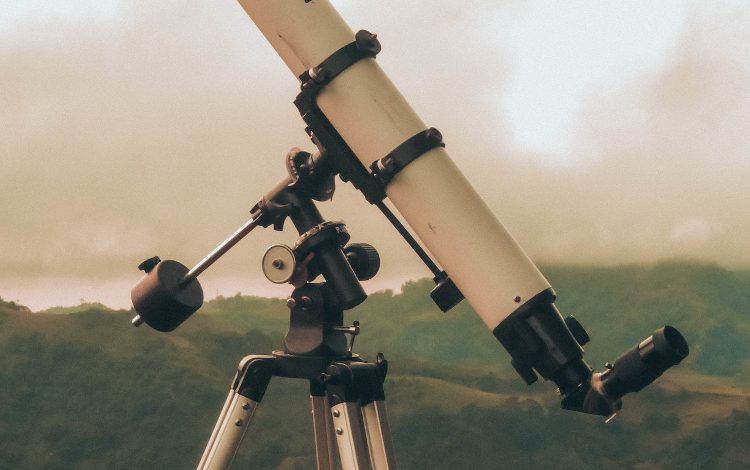The Telescope: Set Off To Discover The Cosmos

Want to discover the wonders of our Solar System and beyond? The telescope is an ideal instrument for exploring cosmic lands from your terrace or garden.
Telescope or astronomical telescope
A telescope is a reflective optical instrument whose use allows you to observe objects in the Cosmos. The inventor of this formidable tool was Isaac Newton in 1666. He perfected it then presented it to the Royal British Astronomical Society in 1671. The origin of the word “telescope” comes from the Greek: tele , meaning “far”, and skopeo which means “to see”. Literally, this word means “even far”. We couldn’t have found a better term to describe this instrument.
Unlike the telescope, the astronomical telescope is made up of lenses which exploit light by refraction. As for the telescope, it is equipped with a mirror which reflects the light. He works by reflection.
The telescope provides medium magnification, but makes much better use of light. It is therefore more advantageous to use this instrument to observe deep sky objects such as stellar clusters, nebulae, etc. Maybe discover your future telescope to explore the stars.
Galileo: first explorer of the Cosmos
Galileo (1564-1642) had already created an astronomical telescope to observe celestial objects in our Solar System . With this instrument, the Italian scientist revolutionized the astronomy of his time. Using his telescope, he observes the surface of the Moon. He is dazzled by the details of the faults and craters that appear. To his great astonishment, when he points his instrument into the heavens, he can contemplate stars invisible to the naked eye.
Galileo still marvels at the discovery of what posterity will call the Galilean moons. Indeed, the astronomer detects the presence of four moons around Jupiter: Callisto, Europa, Ganymede and Io. He was again the first to observe the rings of Saturn.
What can you observe with a telescope?
What can you observe with a telescope? It depends on the characteristics of the instrument. Newton’s telescope is perfect for starting your observations. The ideal diameter should be between 130 mm and 150 mm so that the instrument remains financially affordable. It allows you to observe very interesting galaxies and nebulae. With this diameter, it is still possible to contemplate the Moon and the planets of the Solar System such as Jupiter and Saturn. However, it will be more complicated to obtain interesting images of Uranus and Neptune.
Also read: Autonomous cars: Focus on the latest models
Dobsonian telescopes offer the opportunity to observe less luminous objects such as distant galaxies and planetary nebulae. They provide larger diameters than Newtons with a much simpler mount.
Choosing the right frame and eyepieces
To select your telescope, it is important to know which mount you want to go with. There are two: azimuthal and equatorial.
- The azimuth mount is easy to use. The telescope moves from left to right (azimuth) and from bottom to top (altitude).
- The equatorial mount has an axis aligned with the North Star. The other axis is movable in order to hold the celestial object in the telescope.
Various eyepieces are supplied with the telescope. The focal length is written in millimeters on each eyepiece. The larger the number, the smaller the magnification. To start, it is interesting to have 10 mm and 25 mm eyepieces in your possession. If you must buy an eyepiece, it is recommended to take a Plössl 20 mm which offers a very good compromise for observing deep sky objects and the Solar System.





One Comment